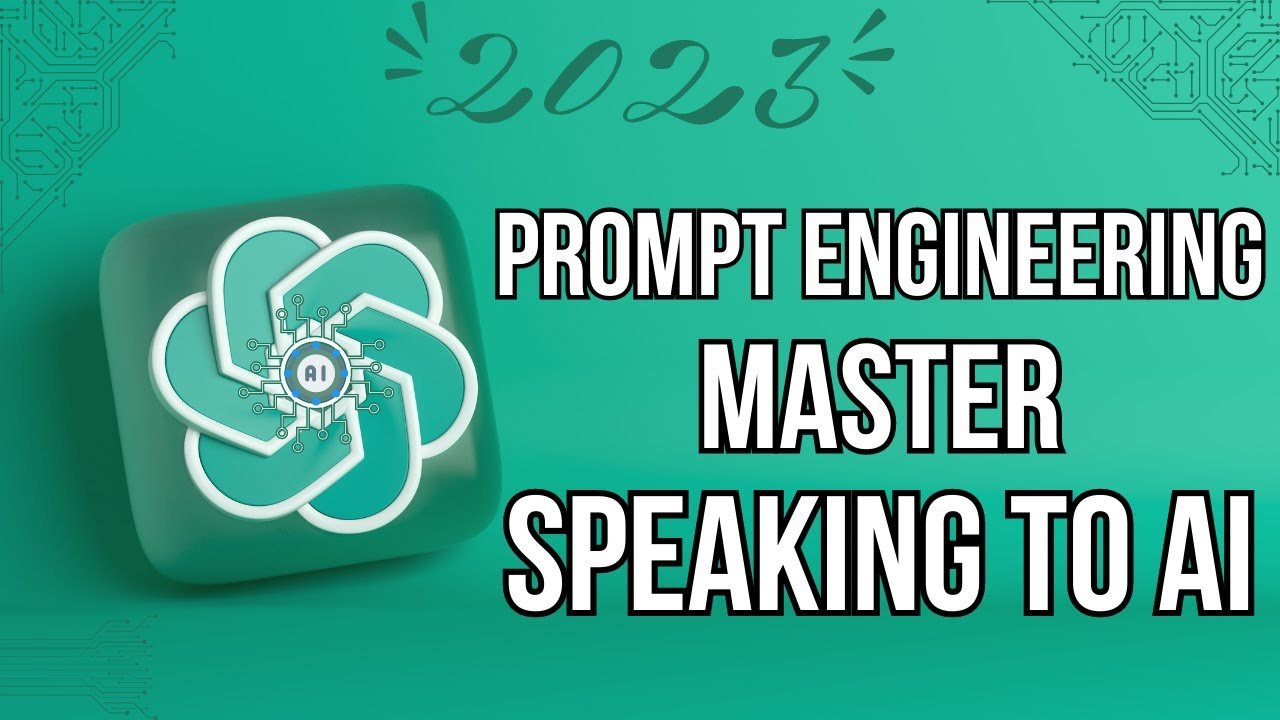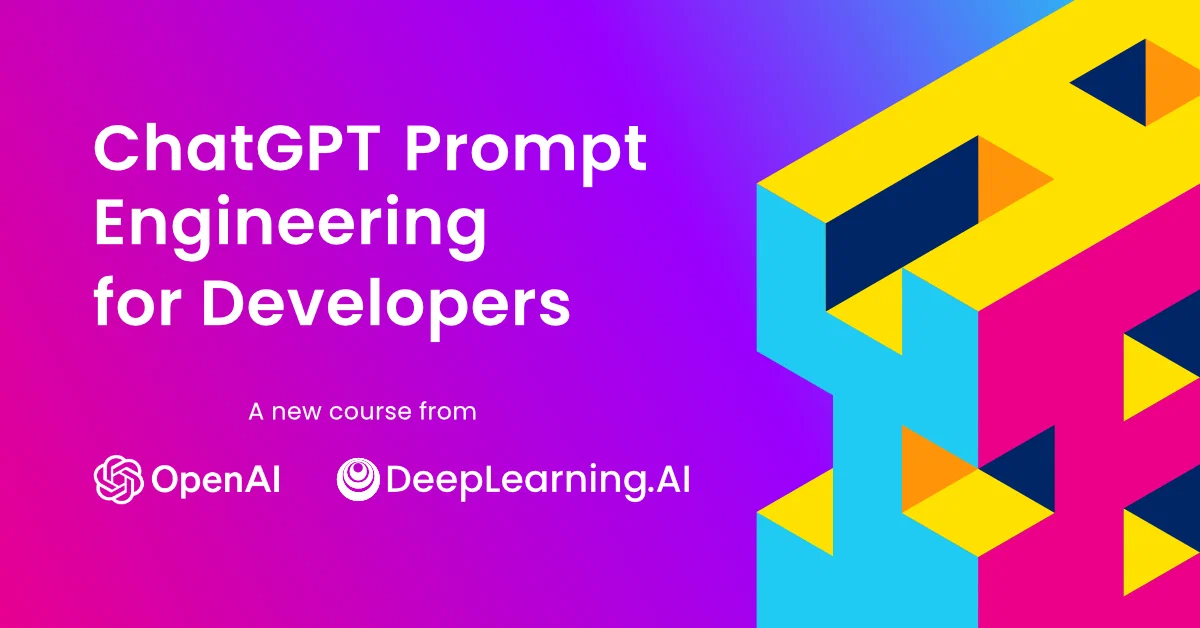OUTLINE
- 5 Free Prompt Engineering Course Platforms: Master ChatGPT & Get Hired Fast
- Why a Prompt Engineering Course Is Your Fast-Track Ticket to AI Jobs
- My Learning Philosophy for Any Prompt Engineering Course
- Snapshot of the Five Platforms
- Comparison Table
- OpenAI Learning Hub — The Official Prompt Engineering Course
- What You’ll Learn
- Stand-Out Features
- How I’d Tackle This Course
- Coursera (Vanderbilt) — University-Grade Prompt Engineering Course for ChatGPT
- Curriculum Highlights
- Audit Path vs Paid Track
- Perfect Weekly Study Plan
- Fast.ai — Community-Driven Prompt Engineering Course Pathway
- Practical Projects
- Forum Power
- YouTube University — Build-Your-Own Prompt Engineering Course Playlist
- Channels to Bookmark
- Learning by Doing, Live
- PlatforKaggle Learn — Hands-On Prompt Engineering Course Micro-Lessons
- Code-Along Notebooks
- Badges & Portfolios
- Essential Skills You’ll Master After a Prompt Engineering Course
- Prompt Patterns & Templates
- Evaluation & Debugging Frameworks
- Domain-Specific Prompting
- Building a Winning Portfolio While Taking a Prompt Engineering Course
- Interview Prep: Turning Course Projects into Job-Landing Stories
- Where to Go Next: Paid Specializations & Certifications
- Conclusion: Your Roadmap from First Prompt Engineering Course to First Paycheck
- FAQs
5 Free Prompt Engineering Course Platforms: Master ChatGPT & Get Hired Fast
Why a Prompt Engineering Course Is Your Fast-Track Ticket to AI Jobs
I still remember the goosebumps the first time I coaxed ChatGPT into writing a flawless Python script from a single line of instruction. That eureka moment led me down the rabbit-hole of prompt engineering. Today, recruiters list “Prompt Engineering Course graduate preferred” right next to “SQL” and “TensorFlow.” Why? Because whoever masters instructions for large language models (LLMs) sits in the pilot seat of modern AI. One well-designed Prompt Engineering Course can shrink the learning curve from months to days, turning vague curiosity into billable skill. Think of the course as a gym membership for your brain—except every rep sculpts a résumé bullet that hiring managers fight over.
My Learning Philosophy for Any Prompt Engineering Course
I treat every Prompt Engineering Course like a backpacking expedition through uncharted AI territory. Before I set off, I scan the entire syllabus the way a hiker studies a topographic map: I mark the steep climbs (advanced evaluation metrics), the scenic viewpoints (hands-on playground labs), and the water sources (community forums). Only then do I break the trek into weekly micro-goals—small checkpoints that keep momentum high and overwhelm low. Monday might be “master role prompts,” Wednesday “prototype a trip-planner bot,” Friday “reflect and refactor.”
Micro-projects are my compass. Instead of passively absorbing video after video, I force friction: after learning few-shot prompting, I build a résumé bullet-point generator for my LinkedIn. When I hit the retrieval-augmented prompting lesson, I spin up a mini knowledge-base chatbot for my company’s solar installation manuals. Each artifact is tiny—often under 100 lines of code—but it’s tangible, demo-ready, and portfolio-worthy.
To lock concepts into long-term memory, I keep a reflection journal in Notion. Every evening I answer three prompts of my own:
- What was today’s “aha!” moment?
- Where did the model surprise me?
- How would I teach this to a 12-year-old—or my cat?
If I can’t explain chain-of-thought prompting in two plain sentences, I revisit the lesson until I can. That “explain-to-my-cat test” exposes fuzzy thinking faster than any quiz.
I also track performance metrics the way athletes log split times. After each iteration, I record token counts, latency, and output quality scores (thumbs-up/thumbs-down). Watching those numbers improve is addictive—it turns learning into a game of personal bests.
Finally, I schedule weekly demo days—15-minute Zoom calls with a peer or mentor where I showcase my newest prompt trick. External eyes surface blind spots, and the looming deadline keeps procrastination at bay. Over a month, this cycle—map, micro-goal, build, journal, measure, demo—compounds like high-yield interest. The result? A personalized bootcamp experience that extracts every ounce of value from a free Prompt Engineering Course and converts it into real-world, hire-ready skill.
Read Also: Master perfect Meal Plan prompts with ChatGPT: Save Time, Eat Healthier, and Boost Your Efficiency
Snapshot of the Five Platforms
Below is the high-altitude view before we dive deep:
| Platform | Delivery Style | Ideal Learner | Time Commitment |
|---|---|---|---|
| OpenAI Learning Hub | Self-paced docs + playground | Absolute beginner | 6–8 hours |
| Coursera (Vanderbilt) | Week-by-week MOOC | Structure lovers | 4 weeks @ 4 hrs/week |
| Fast.ai | Project-first videos | Tinkerers | 20 hrs total |
| YouTube University | Curated playlist | Visual/auditory learners | Flexible |
| Kaggle Learn | Interactive notebooks | Coders | 8–10 hours |
OpenAI Learning Hub — The Official Prompt Engineering Course
I call this platform “the owner’s manual.” OpenAI’s Learning Hub bundles playground tutorials, pattern libraries, and best-practice guides into a crisp Prompt Engineering Course straight from the model’s creators.
What You’ll Learn
- Zero-shot, few-shot, and chain-of-thought prompting
- System vs user messages with role interplay
- Safety filters and rate-limit etiquette
Stand-Out Features
You practice inside the playground, see token counts in real time, and copy snippets directly to production code. No other free Prompt Engineering Course offers such low-friction experimentation.
How I’d Tackle This Course
I’d block a weekend, open two browser tabs (guide + playground), and recreate each example with a twist of my own. By Sunday night, I’d have ten saved prompts—raw material for my GitHub portfolio. Repetition locks the lessons in, and by the third iteration the phrase “temperature sampling” feels as natural as “morning coffee.” That is Prompt Engineering Course magic.
Coursera (Vanderbilt) — University-Grade Prompt Engineering Course for ChatGPT
Coursera’s partnership with Vanderbilt University delivers a polished academic vibe without the tuition sticker shock. You can audit the course for free and still earn the certificate later.
Curriculum Highlights
- Socratic prompting for critical thinking
- Prompt-chaining workflows in customer-service bots
- Ethics modules that make your future HR team smile
Audit Path vs Paid Track
The free audit includes every video, reading, and quiz—a complete Prompt Engineering Course experience. If you crave graded assignments or LinkedIn certificates, the paid path is waiting, but skills come first.
Perfect Weekly Study Plan
Week 1: watch lectures at 1.25× speed, jot micro-notes.
Week 2: tackle quizzes; post answers on the forum to cement knowledge.
Week 3: build a mini-app (I chose a climate-action content generator) to showcase the Prompt Engineering Course outcome.
Week 4: polish, document, and upload to GitHub—now you have portfolio piece #2.
Fast.ai — Community-Driven Prompt Engineering Course Pathway
Fast.ai isn’t a single Prompt Engineering Course but a living ecosystem of open video lessons, forums, and code notebooks.
Practical Projects
Jeremy Howard encourages “learning by shipping.” After Lesson 2 you’ll craft a Twitter-thread summarizer; by Lesson 4 you’ll deploy a SaaS-ready prompt-based API. Each mini-product screams, “Hire me, I can build!”—the very reason we’re taking a Prompt Engineering Course.
Forum Power
Stuck? Post your prompt + error. Ninety minutes later a community wizard replies with a tweak that slices token-cost in half. This peer feedback loop mirrors a paid bootcamp’s mentorship, proving a free Prompt Engineering Course can rival premium cohorts.
YouTube University — Build-Your-Own Prompt Engineering Course Playlist
If structured syllabi feel claustrophobic, curate your own Prompt Engineering Course playlist on YouTube. Start with Fireship’s “ChatGPT in 100 Seconds,” hop to Data School’s deep dives, and finish with a live coding session from Buildspace.
Channels to Bookmark
- Fireship – ultrafast overviews that drop “aha!” bombs every ten seconds
- Data School – methodical, white-board-heavy lessons
- Buildspace – weekend-long hackathons, perfect for turning Prompt Engineering Course theory into MVPs
Learning by Doing, Live
Pause a video, replicate the prompt, tweak a variable, unpause. That causal loop keeps dopamine high and forget-curve low. By the twentieth experiment, “prompt-response-iterate” becomes muscle memory—exactly what hiring managers expect from a Prompt Engineering Course graduate.
Kaggle Learn — Hands-On Prompt Engineering Course Micro-Lessons
Kaggle’s notebook-based micro-courses are snack-size: each lesson fits into a lunch break but stacks into a formidable Prompt Engineering Course.
Code-Along Notebooks
Fork, run, edit. Because notebooks capture code and narrative, every cell doubles as résumé evidence that you can wield prompts surgically.
Badges & Portfolios
Finish the series, earn a badge, and add it to your LinkedIn headline: “Completed Kaggle Prompt Engineering Course”. Recruiters search those badges the way sailors scan horizons for land—be the island that stands out.
Essential Skills You’ll Master After a Prompt Engineering Course
Picture a Swiss Army knife: each blade is a pattern you’ll pocket after a solid Prompt Engineering Course.
Prompt Patterns & Templates
Zero-shot, few-shot, role-play, reflection—patterns that turn a wobbly request into a laser-guided missile.
Evaluation & Debugging Frameworks
You’ll learn to grade outputs with ROC-lens precision, iterate quickly, and document findings in a README that screams professionalism. A rock-solid Prompt Engineering Course drills this discipline until it’s second nature.
Domain-Specific Prompting
Whether legal contracts or health advice, you’ll tailor guardrails and tone controls. Clients pay top dollar for that finesse—yet another dividend from your Prompt Engineering Course investment.
Building a Winning Portfolio While Taking a Prompt Engineering Course
I treat each assignment as a seed and GitHub as fertile soil. Annotate prompts, log before-after outputs, and push code weekly. By graduation you’ll own a garden of real-world examples proving the transformative power of a Prompt Engineering Course.
Interview Prep: Turning Course Projects into Job-Landing Stories
Use the STAR method—Situation, Task, Action, Result—to narrate how your prompt slashed customer-support latency by 70 %. Companies salivate over concrete metrics rooted in a disciplined learning journey.
Where to Go Next: Paid Specializations & Certifications
When your free journey ends, consider DeepLearning.AI’s advanced track or edX’s MicroMasters in AI Ethics. Stack these atop your foundational Prompt Engineering Course and you’ll possess a résumé skyscraper.
Conclusion: Your Roadmap from First Prompt Engineering Course to First Paycheck
You’ve now met five zero-cost allies ready to rocket-launch your LLM mastery. Pick one Prompt Engineering Course, start today, and iterate relentlessly. In six weeks you’ll own more than knowledge—you’ll wield leverage in a market starving for prompt-savvy talent
Read Also: Learn Prompting 101: Free Prompt Engineering Course & Challenges
FAQs
Q1. Is a free Prompt Engineering Course really enough to land a job?
A1. Yes—if you pair it with a strong portfolio and clear business impact stories. Employers care more about output than invoices paid.
Q2. How long does a typical Prompt Engineering Course take to finish?
A2. Anywhere from eight hours (OpenAI Hub) to a month (Coursera). Your consistency matters more than calendar time.
Q3. Do I need coding skills before starting a Prompt Engineering Course?
A3. Basic Python helps, but many lessons focus on natural-language structuring. Start now; code confidence will rise alongside your prompt muscle.
Q4. Which Prompt Engineering Course offers the best community support?
A4. Fast.ai and Kaggle boast thriving forums where peers debug alongside you—priceless feedback loops.
Q5. What’s the next step after completing one Prompt Engineering Course?
A5. Ship a real project, blog the case study, and enroll in an advanced specialization to keep momentum alive.








